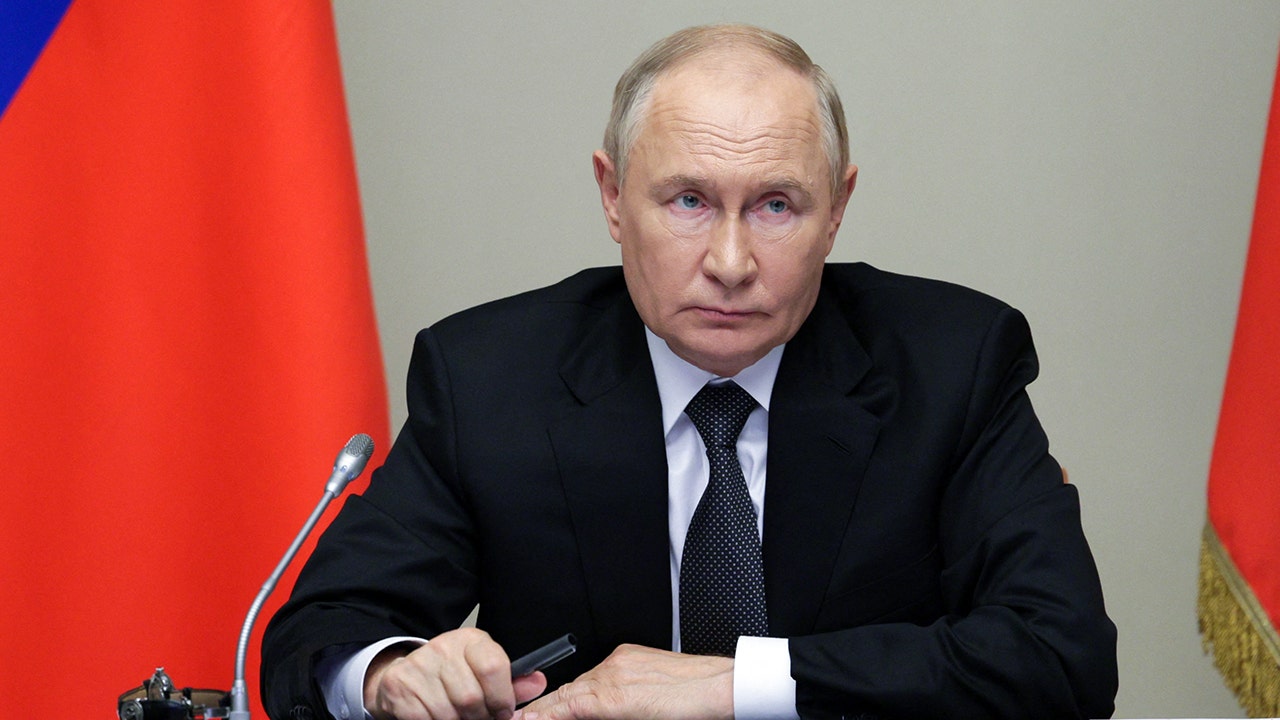World
Russia launches ‘space weapon’ in path of US satellite: Pentagon

US believes Russia’s recently launched satellite can inspect and attack other satellites in low Earth orbit.
The United States says Russia has launched a satellite that US intelligence officials believe to be a weapon capable of inspecting and attacking other satellites.
A Soyuz rocket blasted off from Russia’s Plesetsk launch site, about 800km (500 miles) north of Moscow, on Thursday, deploying in low Earth orbit at least nine satellites, including COSMOS 2576, a type of Russian military “inspector” spacecraft US officials have long condemned as exhibiting reckless space behaviour.
“We have observed nominal activity and assess it is likely a counterspace weapon presumably capable of attacking other satellites in low Earth orbit,” a spokesperson for US Space Command, part of the US Department of Defense, said in a statement on Tuesday.
“Russia deployed this new counterspace weapon into the same orbit as a US government satellite,” it said.
COSMOS 2576 resembles previously deployed counterspace payloads from 2019 and 2022, the statement added, referring to past Russian tactics of deploying satellites close to sensitive US spy satellites.
US intelligence agencies had been expecting the launch of COSMOS 2576 and informed allies of their assessment of the satellite before its deployment in space, according to a US official familiar with the intelligence.
The launch also included civilian satellites deployed to different orbits.
“This mix of military and civilian payloads was totally unexpected. Never seen that before on a Russian launch,” said Bart Hendrickx, an analyst tracking Russia’s space programme.
On Wednesday, Russian Deputy Foreign Minister Sergey Ryabkov denied the US assertion, saying Moscow opposed the deployment of weapons in orbit, Russia’s TASS and Interfax news agencies reported.
Ryabkov said Russia was still complying with quantitative restrictions on nuclear weapons set by the New START treaty between Moscow and Washington.
Previous launches
The Russian satellite launched in 2019 ejected an object into space and closely followed a satellite from the US National Reconnaissance Office (NRO), an intelligence agency overseeing spy satellites.
As of Tuesday, COSMOS 2576 had not gone near a US satellite, but space analysts observed it to be in the same orbital ring as USA 314, a bus-sized NRO satellite launched in 2021.
The Russian satellite appears to be trailing USA 314’s orbital path at a faster speed, suggesting the two will eventually come into closer proximity, according to a review by the Reuters news agency of orbital data in Space Command’s public satellite catalogue.
The satellite was deployed as the US alleges Russia to be developing a space-based nuclear weapon capable of destroying entire networks of satellites.
Russian President Vladimir Putin said in February that Moscow had no intention of deploying nuclear weapons in space, insisting that his country has only developed space capabilities similar to those of the US.
US officials believe Russia has launched at least one satellite, COSMOS 2553, related to its nuclear space weapon programme, according to officials familiar with the intelligence.
However, US officials have said Russia has not deployed a nuclear weapon in space.
‘Peaceful aims’
Since the full-scale invasion of Ukraine in February 2022, Russia has shrouded much of its space activities in secrecy and threatened to attack US satellites aiding the Ukrainian defence, such as SpaceX’s Starlink, a network of thousands of satellites in low Earth orbit that provide internet service.
The US and Russia have been sparring in the United Nations Security Council over satellite weapons.
In 2020, Russia dismissed accusations from the US and the United Kingdom that it had tested an antisatellite weapon in space as “propaganda”.
At the time, the Russian Ministry of Foreign Affairs insisted on Moscow’s “commitment to obligations on the nondiscriminatory use and study of space with peaceful aims”.







